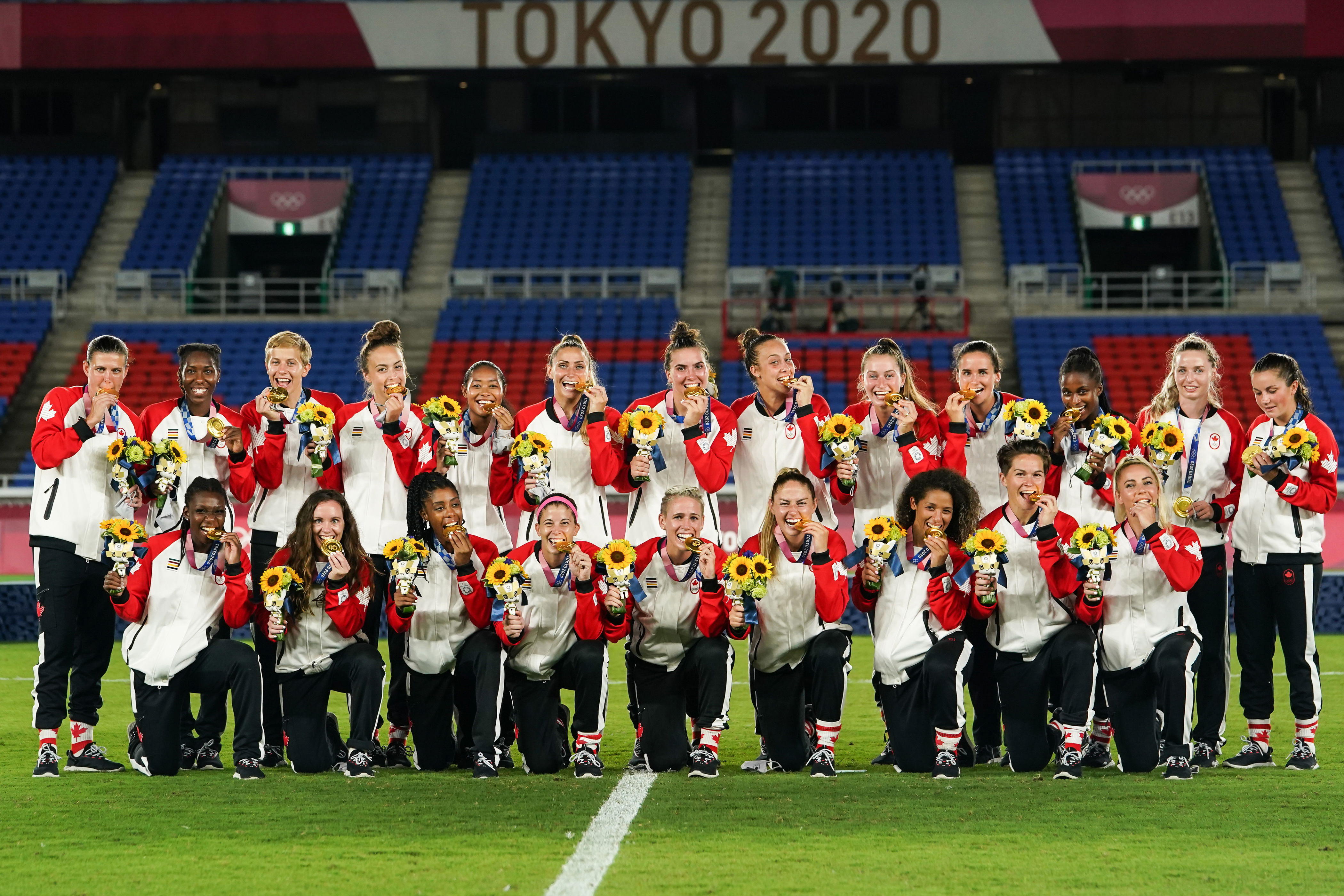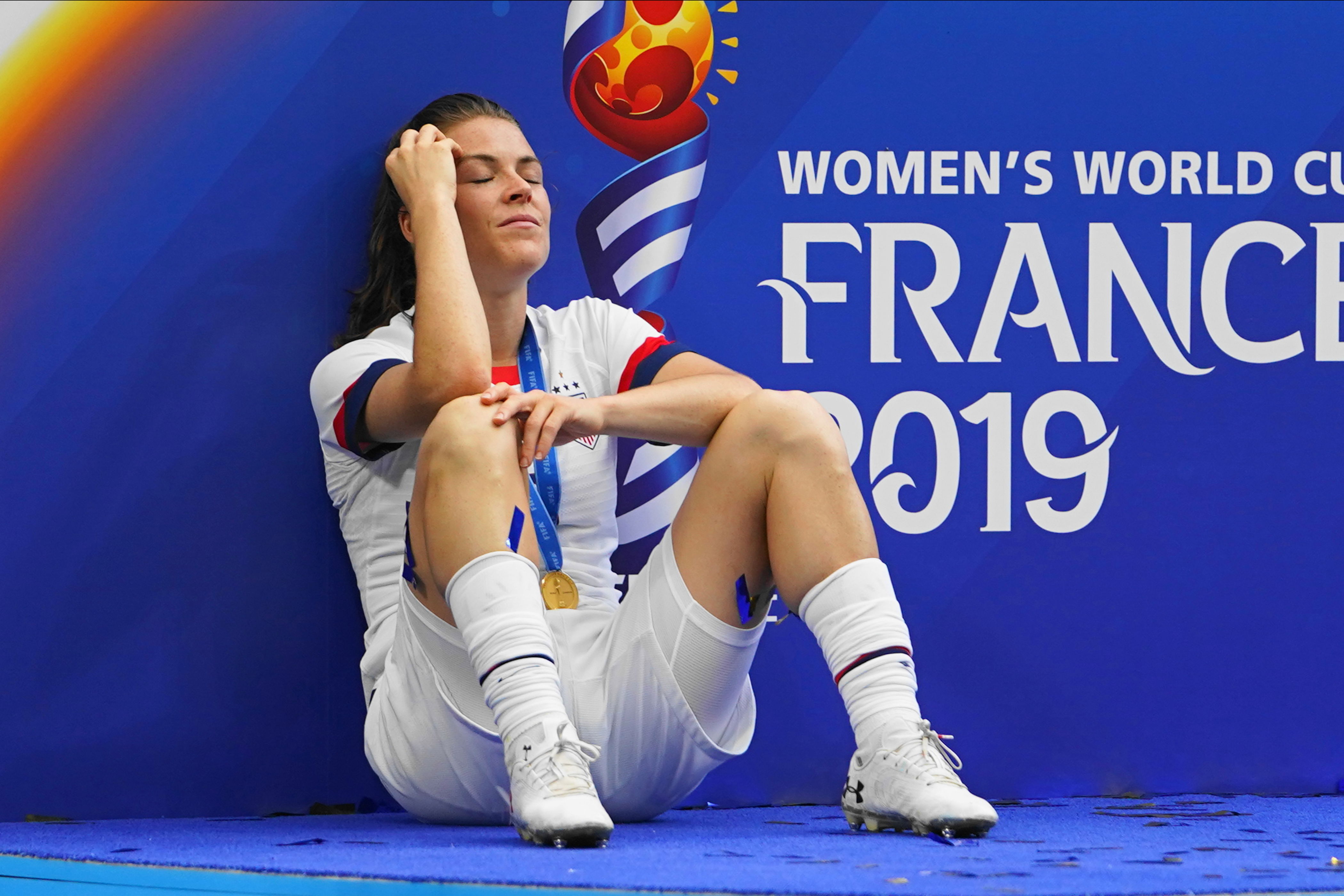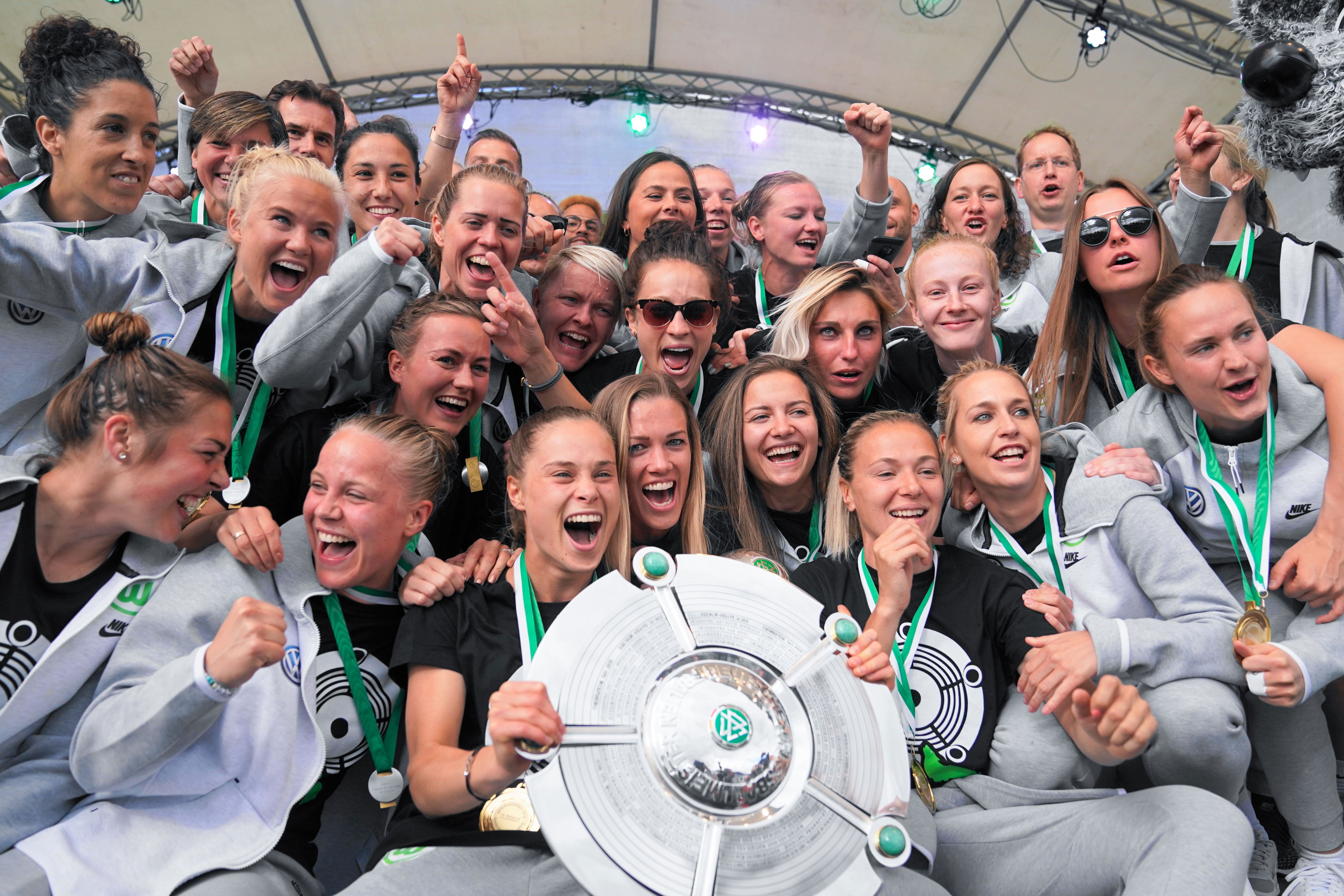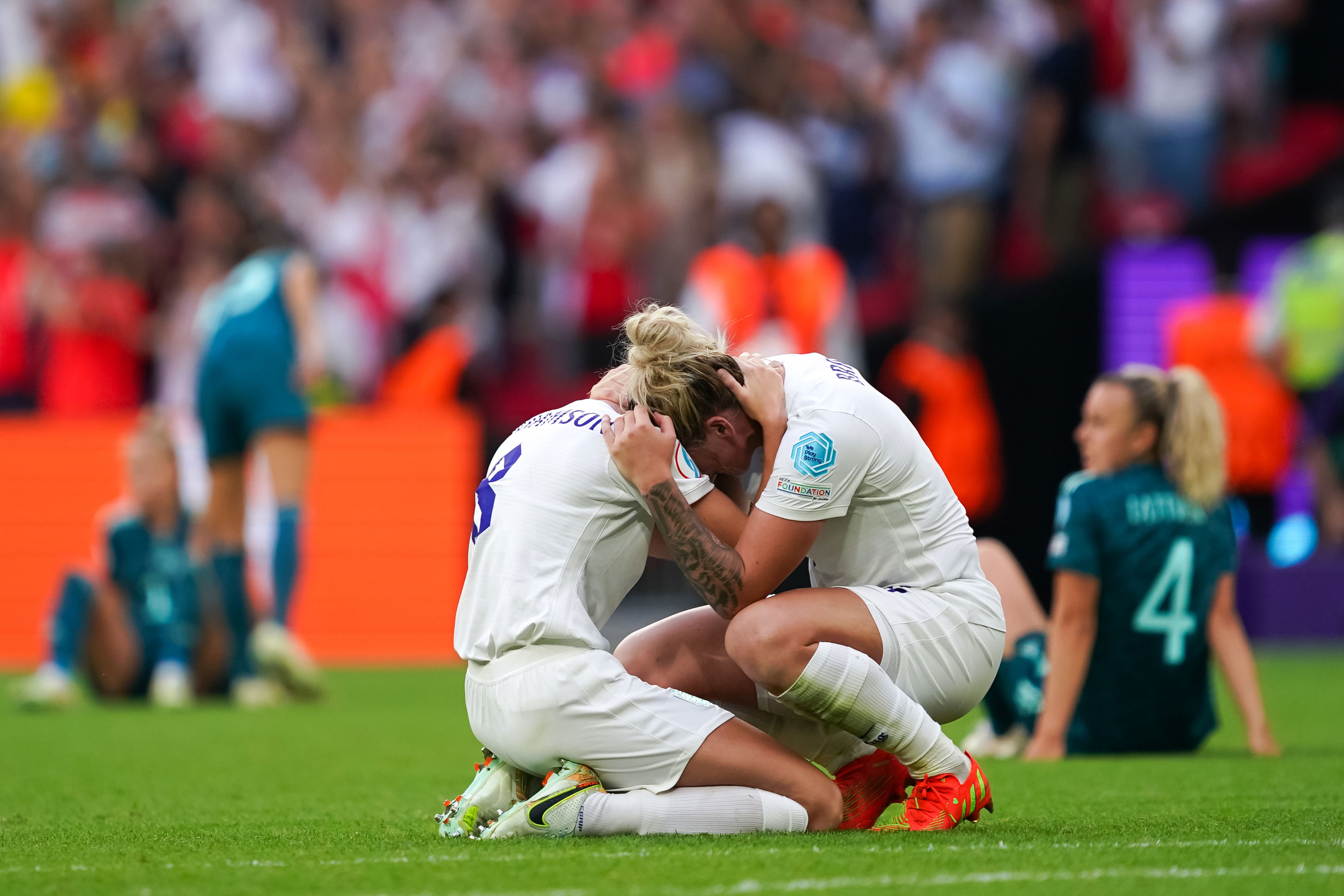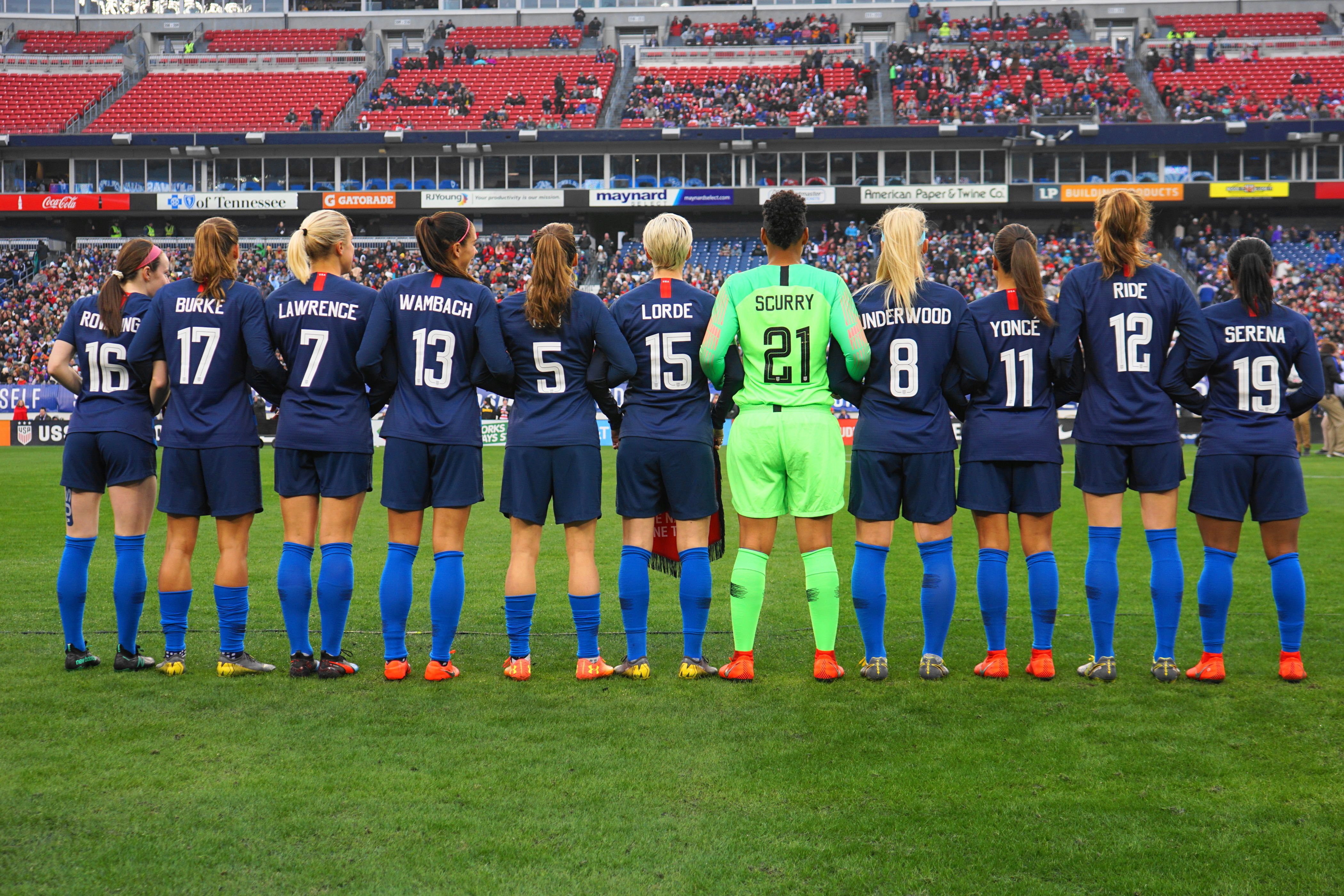In honor of Women’s History Month, IMAGO gives the stage to its women photographers. In an interview with IMAGO, Daniela Porcelli dives into her journey to sports photography, especially in women's sports and explains the challenges and the efforts to give more visibility to women’s sports.
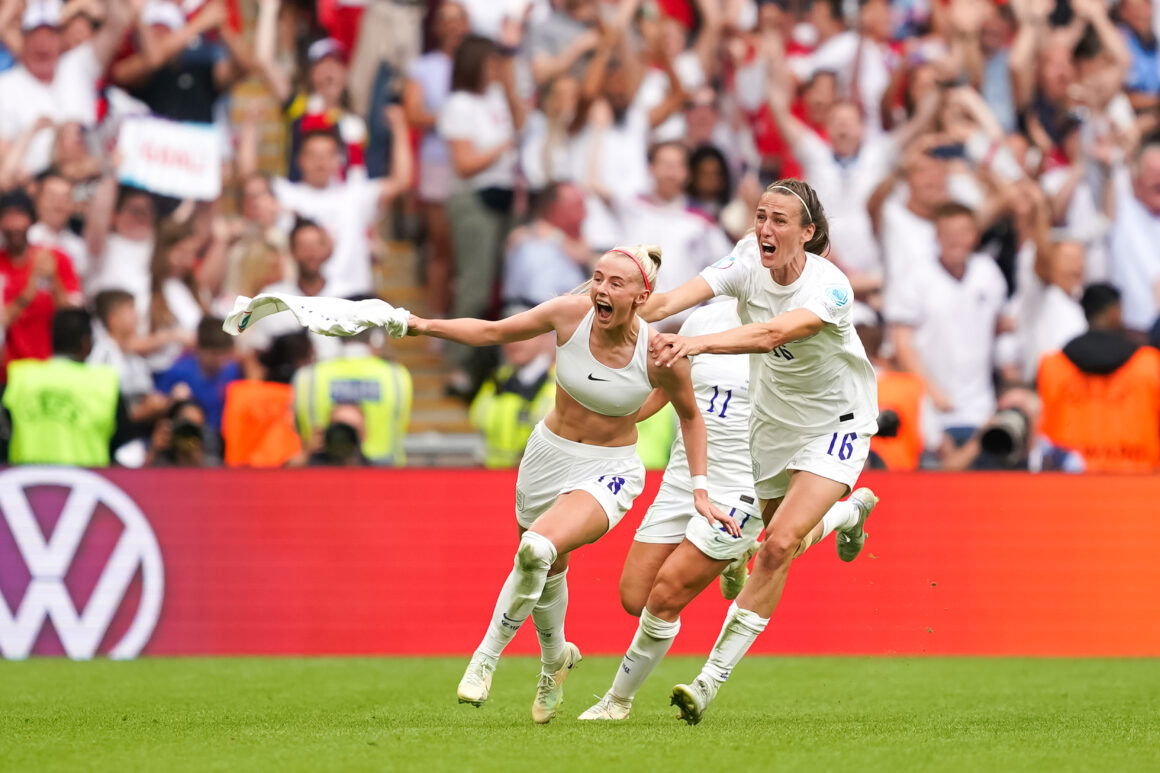
Capturing Women’s Sports with Daniela Porcelli
Daniela Porcelli, the Swiss-based photographer, discovered her passion for sports photography at Arsenal Women’s F.C. game in 2018. Since then, she has been with her camera in the game pitch for its role in increasing the media visibility of women’s sports. From the 2019 FIFA Women’s World Cup in France to the 2020 Summer Olympics in Tokyo and many more, she has worked hard and pushed harder in a male-dominated field. Through her photography, she captures the moments and emotions that arise during events, inspiring people and creating special memories for viewers.
In honor of Women’s History Month, IMAGO celebrates its women photographers. Daniela Porcelli of Sports Press Photo shares her journey into sports photography and photographing women’s sports and delves into the challenges of capturing fast-paced action in real-time while introducing her gear and preparation for each shoot.
“Improvements don’t come only from one place; everyone has to do their part.”
Can you tell us about how you got started in photography and your creative evolution so far?
I always had a camera with me since I was a child for capturing the moments happening in life. But I really started in 2018, when a photographer in London invited me with him to an Arsenal Women’s F.C. game. He lent me one of his professional cameras, and I was able to cover the game pitch side alongside him. That is when I fell in love with sports photography. A few months later, I was able to purchase my first professional camera equipment – a Sony A7iii and a 70-200mm/2.8 lens – and step by step I covered more and more events. Since then, I have covered events like the Women’s World Cup, Euro’s, and Olympic Games in Tokyo. I worked directly for many federations and clubs like Brazil, Canada, Switzerland, Arsenal, Wolfsburg, and many more.
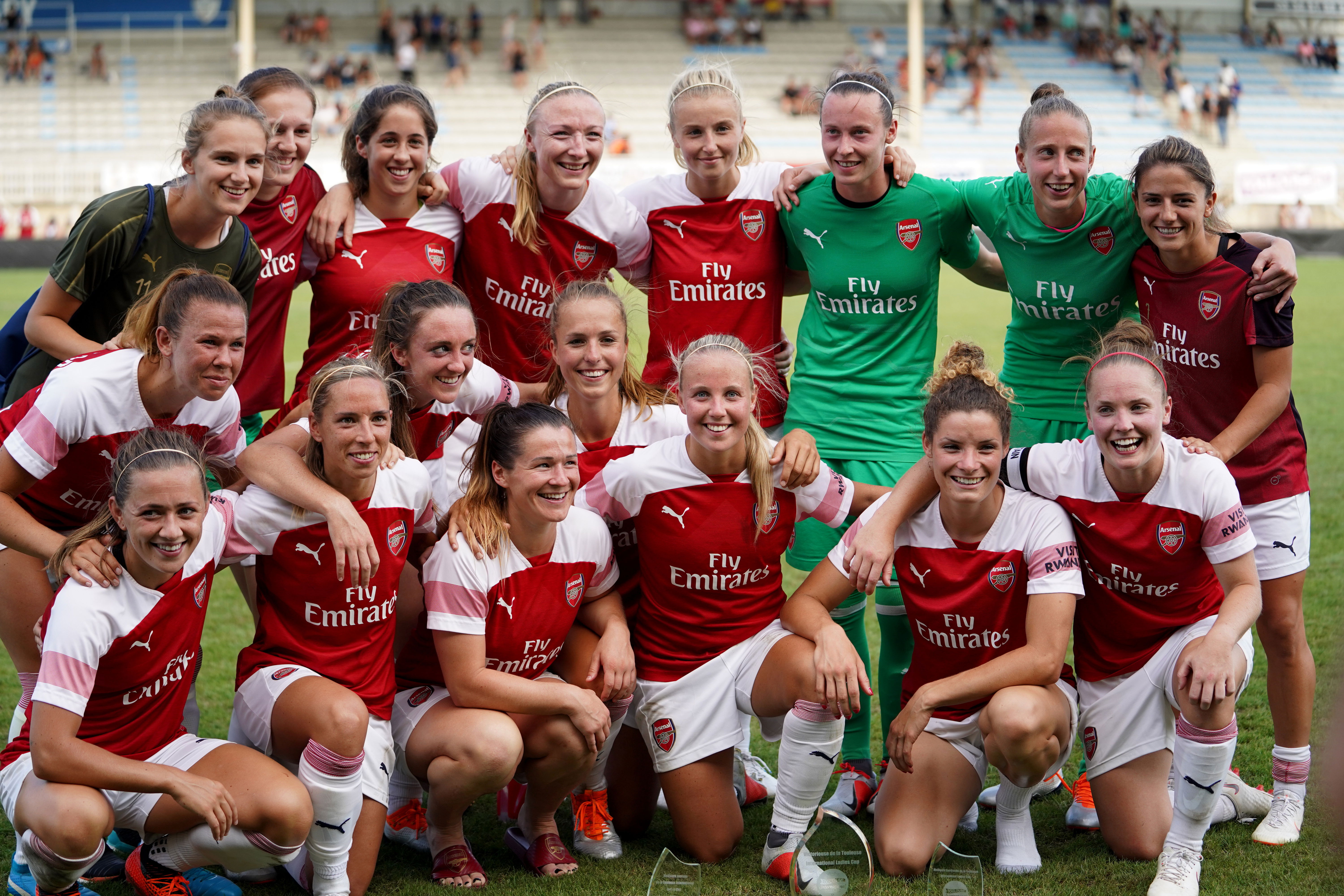
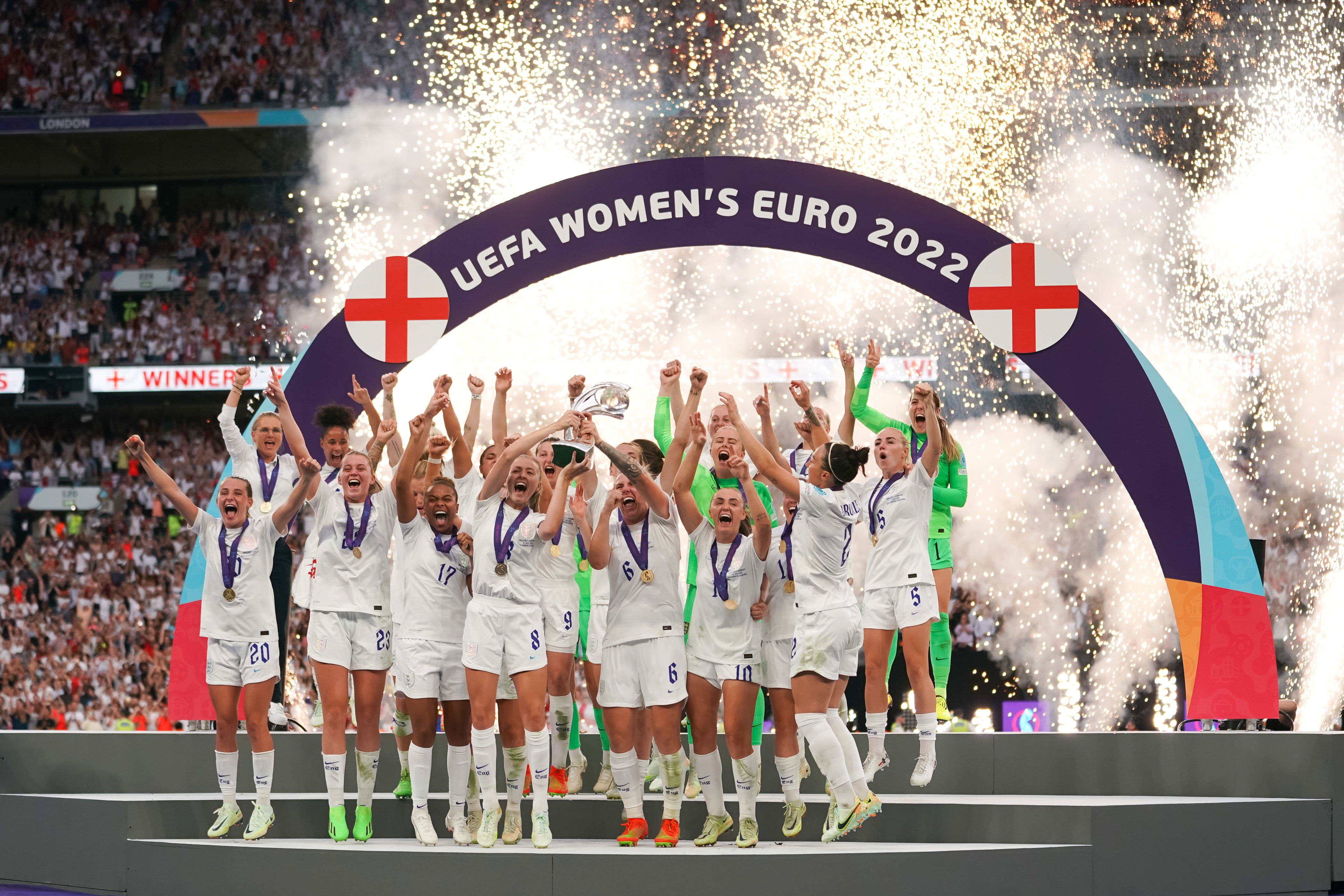
You seem particularly interested in women’s sports, which brings two questions: the first is why sports photography? Why did you choose this type of photography? and the second is why women’s sports. What are you attempting to express with your work?
My father is Italian and a huge sports fan. While growing up, sports has been our number one topic every day and we have watched a lot of events on TV or live, like football games, tennis, basketball and more. I also played sports, so it has always been a huge part of my life. Capturing the moments, which athletes and teams create, is an enormous good feeling and a big goal of mine as a photographer.
While growing up, I mostly saw male athletes competing, as the media coverage of women’s sport was unfortunately poor. In 2011 during the Women’s World Cup, it was the first time I really noticed any media coverage in our newspaper in Switzerland about Women’s football. For me it seems important that children growing up can see both – Men and Women sport – to identify themselves and choose their role models in life. My goal is to create content, which can be used to show exactly that.
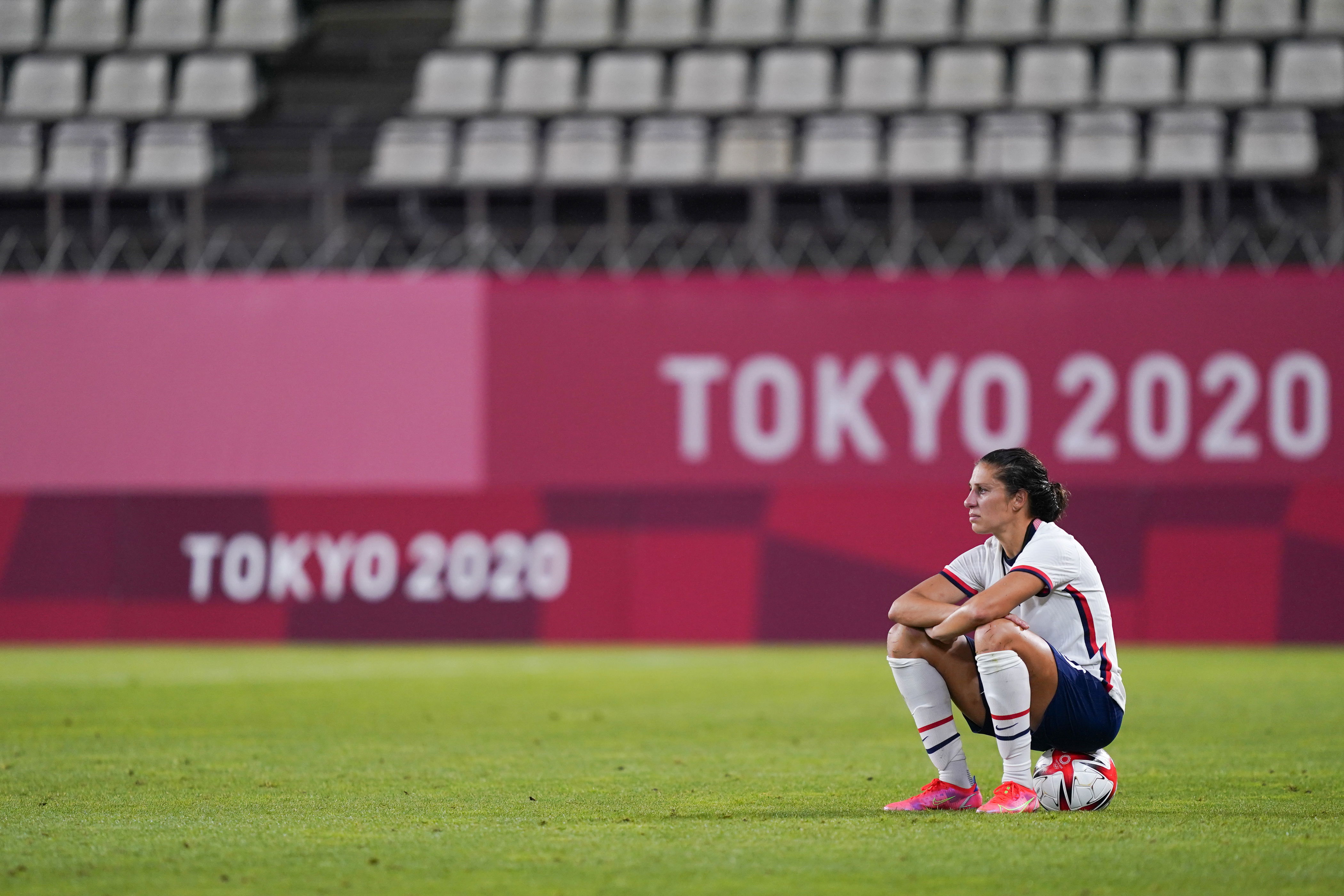
How would you describe the current situation of women’s sports? How can it be improved?
Nowadays, there is a movement to see in Women’s sport and also the coverage of it in comparison to many years ago. Some see the potential and value in Women’s Sports, but there is still a huge inequality in many areas. The fighting for equal rights has been going on, and in certain areas, it is successful, but there is still a lot to do. Some countries are further in their development than others, that shows again the big difference in money, motivation and mentality.
Improvements don’t come only from one place; everyone has to do their part. That is the biggest challenge and hurdle. In my case, it is covering Women’s sport and producing the content, so the media can use it and show it to the world. Working together for that equality can be reached, and every part of the game needs to do its part to really be equal.
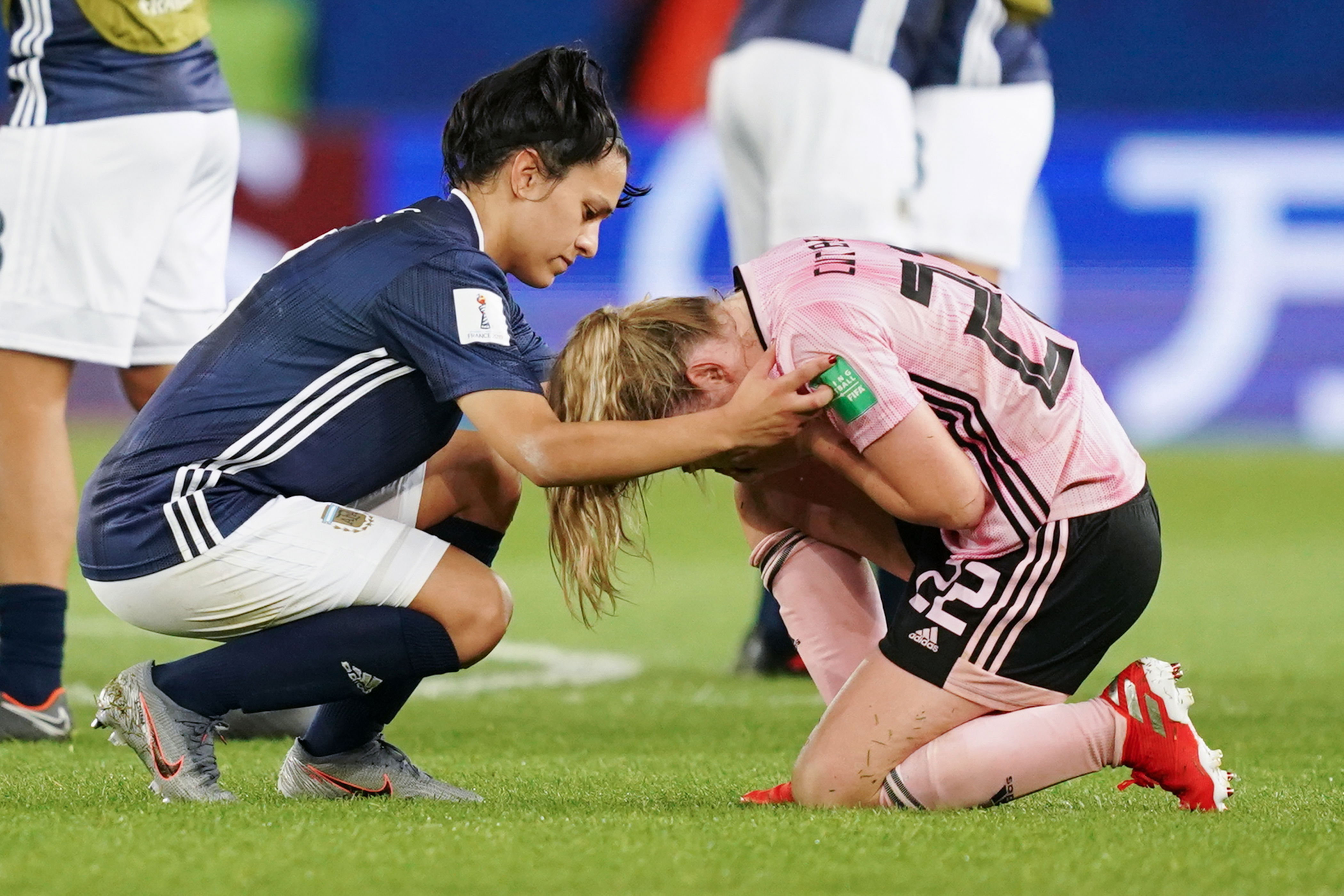
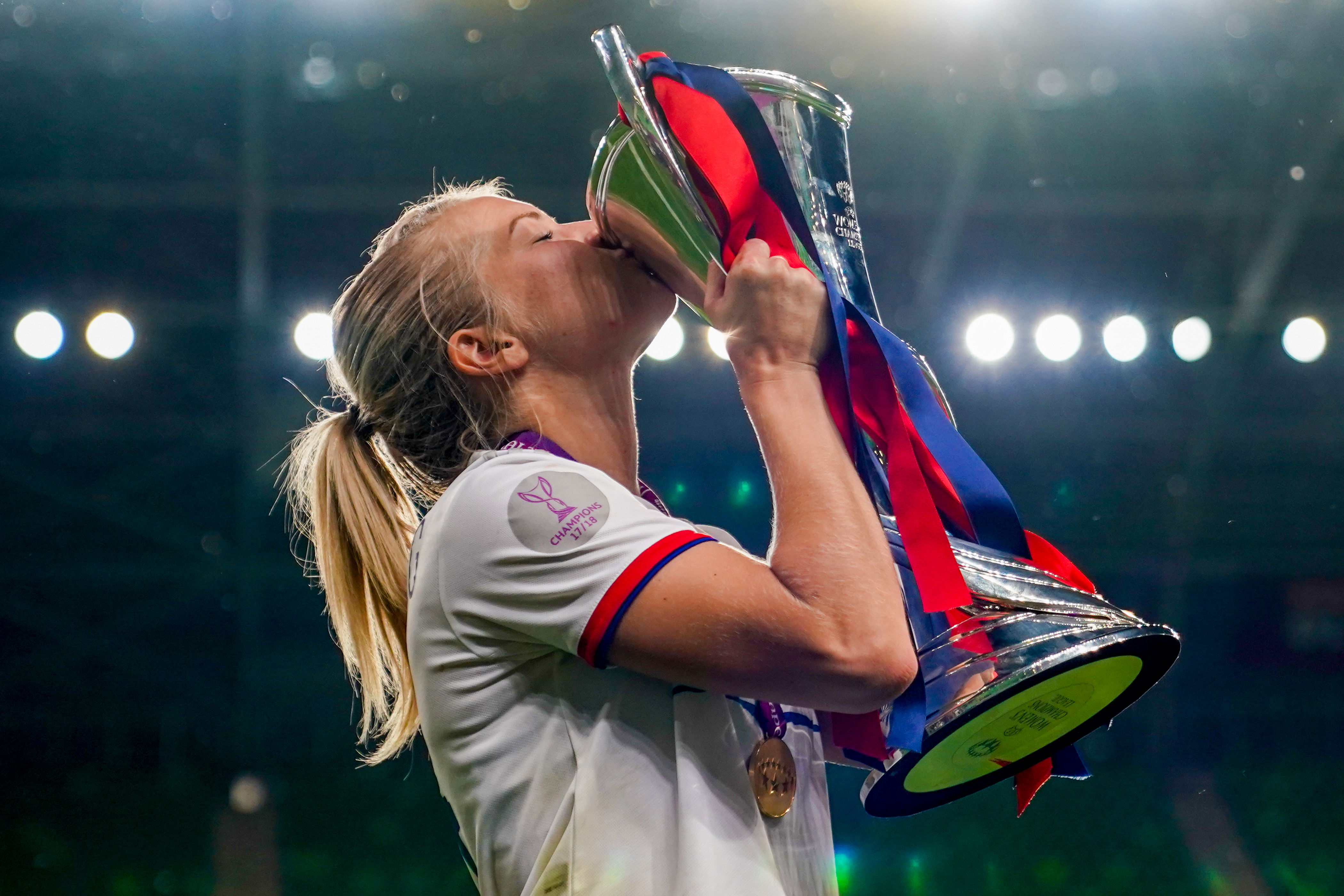
As a woman photographer, what were the challenges you experienced in the past and what are the current challenges in the field?
I can only speak from personal experience, so I don’t want to generalize it, but I felt that I had to work harder and push harder to make a name in this business.
When I first started, before I purchased my first professional camera, I only used my Sony A6000, and I saw photographers looking down at me and not taking me seriously. I had to show through my content and mentality to work hard and be passionate about what I can do.
But also, in this market, it’s mostly about networking and knowing the right people in the right places and at the right moment. Then, you can get successful. Talent and hard work pay off, but they always take longer. With a good network, you can reach goals easier and faster. I felt it took me longer, and I had to work harder and go through many backdoors to achieve what I aimed for. And the challenge is still ongoing every day. On the other hand, I don’t see it as a big challenge, as I even encountered it in my previous work field, banking. So, I feel, as a woman, I am so used to it, so I don’t mind it and see it as normality.
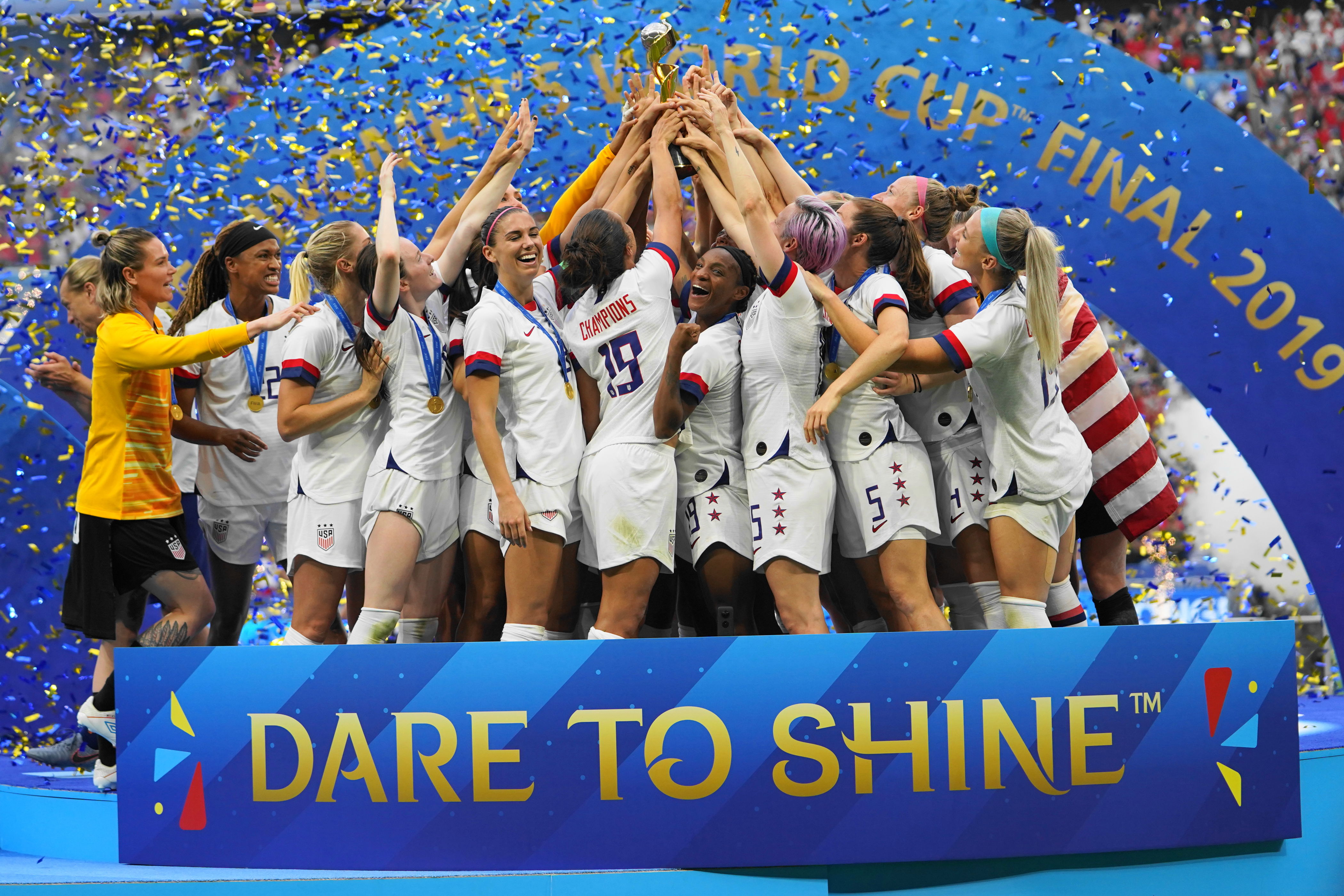
What is your favourite memory of photographing a sports event?
It is difficult to say what is my favourite memory, as every event I cover feels special. But I will always remember my first Women’s World Cup Final in France, when the USA Women’s National team lifted their trophy. 4 years prior I watched the Final in Vancouver in Canada and saw all the photos in the newspapers and online the next few days. Being able to be on the pitch side for the biggest events in sports and capturing these moments is a great memory and I will always remember it vividly.
Additionally, on my website are some of my favorite photos I captured and memories, which I will hold a lifetime. From the England Lionesses winning third place at the U20 Women’s World Cup in France, me covering the Gold medal winner Canada at the Tokyo Olympics, Ada Hegerberg lifting another UWCL trophy, and many other memories. I can’t really choose a favourite memory, as each one of them holds a special place in my heart since I started sport photography. I hope my photos will hold similar memories for the viewers.
After all, what role does Sports Photography play in society by concentrating on this particular area?
Of course, every photography has its importance, but for me personally Sports Photography has a huge impact, as when events occur and moments are created, sports photographers capture it all. So, these moments and emotions will always be remembered through seeing the photos again. And this forever.
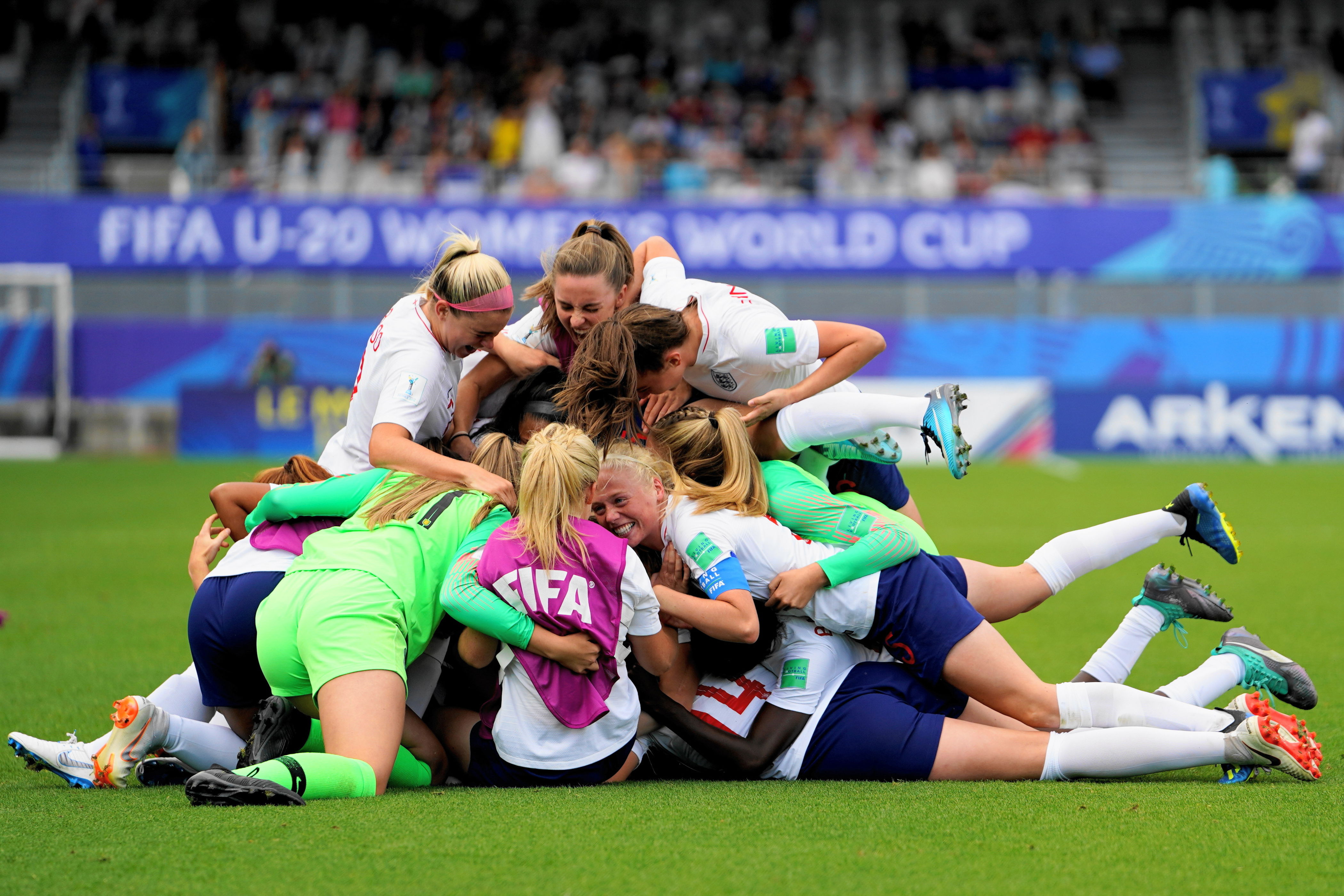
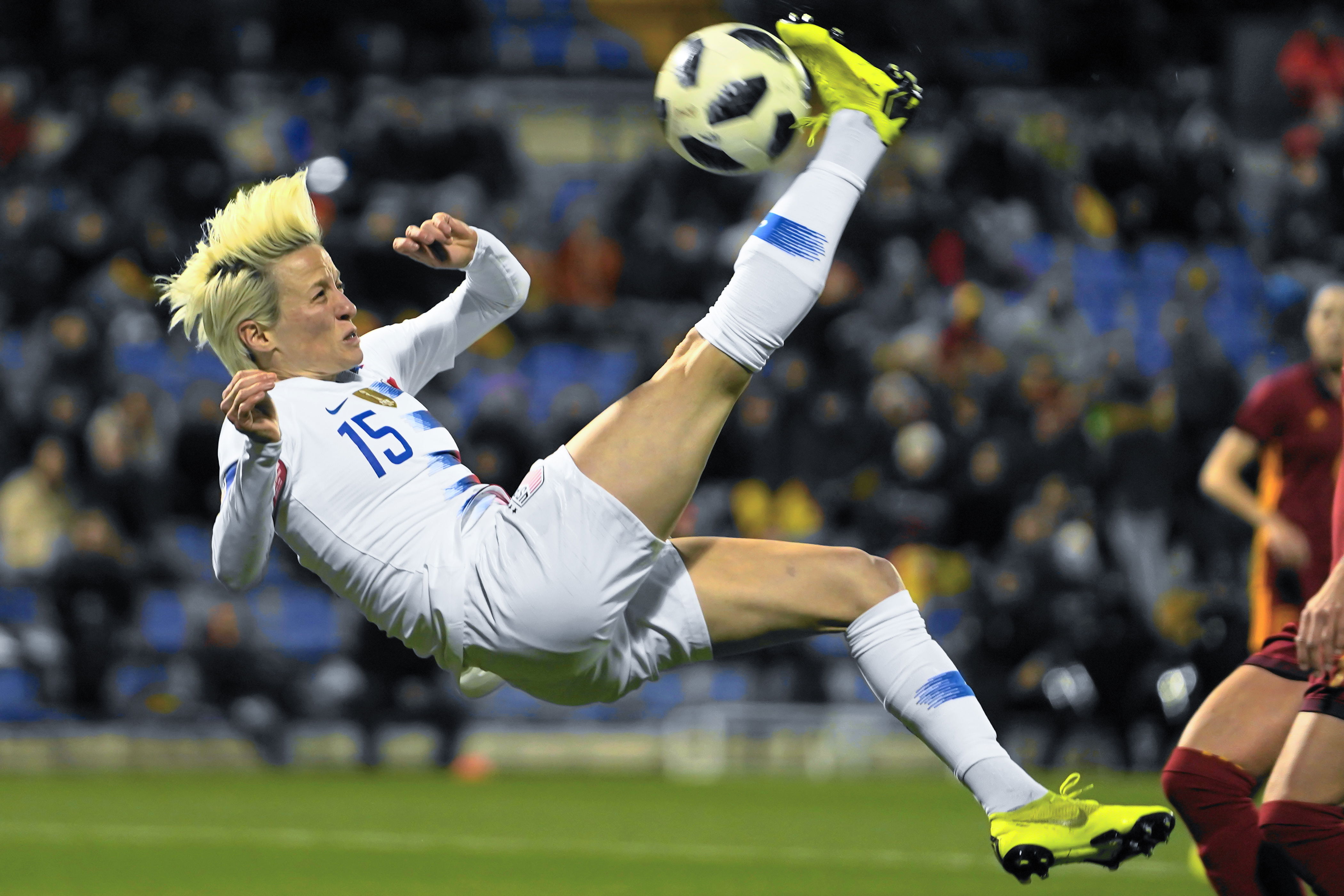
From the matches which you are capturing, what are the challenges of action sports photography? What characteristics distinguish a great photo from a match?
The challenge to photograph action sports, is the action itself, which is live. There is no second chance to capture them. The moments happen and there is no repetition of it. If you miss the shot, you missed it. The action is fast, and you need to be ready, but even then there are other aspects, which can prevent you from capturing all images you want, such as where you are sitting, where the action takes place, what other disturbances occur during the action and others.
For me personally a great photo is when it shows the emotion, which occurs during that action, but also when I remember what I felt while capturing that moment. Of course, a technically correct and perfect photo is important too, but a big part is the emotion it causes when seeing that photo after the action.
“Preparation is the key.”
Which kind of equipment specifically do you usually use for covering a match? Is there any specific technique that you chose to cover an ongoing match?
What I tell beginner photographers: “Preparation is the key.” or in other words: “There’s no such thing as bad weather, only unsuitable clothing.” Same goes in photography. I do mostly football, which means I encounter every weather condition during the season.
Firstly, I always prepare my camera equipment, minimum one day prior to my assignments. I have different bags for different assignments, but mostly I use my Think Tank Airport International trolly and a LowePro photo bag.
I chose Sony as my camera partner and own three cameras, including the Sony A9ii and diverse lenses like 70-200mm/2.8, 24-70mm/2.8, and my favourite lens of all time is Sony 400mm/2.8. Of course, my bags have to hold my laptop, chair, Monopod, different cables, charges, power bank for laptop, batteries and many other electronic gadgets.
Additionally, it depends how the weather conditions are, but as I never trust the weather forecast, I always have everything to be prepared. I use rain protection for my camera, lenses, laptop and myself. In winter, I bring extra gloves and warmer clothing. I always joke that half of my bag is not camera equipment but everything else, just so I am prepared in every weather condition and situation. In the end, I have to deliver my content to my clients, and it doesn’t matter if it rains, there’s a storm, or my laptop stops working because it’s too cold; I need to deliver. So, I want to be always ready and prepared.
On the matchday, I make sure to arrive early at the venue, more so when I have never covered an event at that venue. I want to familiarise myself with it and try to find a good spot to cover the event. When I am there early, I have enough time, and can test everything prior to the start, so I feel comfortable and can fully focus on my assignment and the event in front of me.
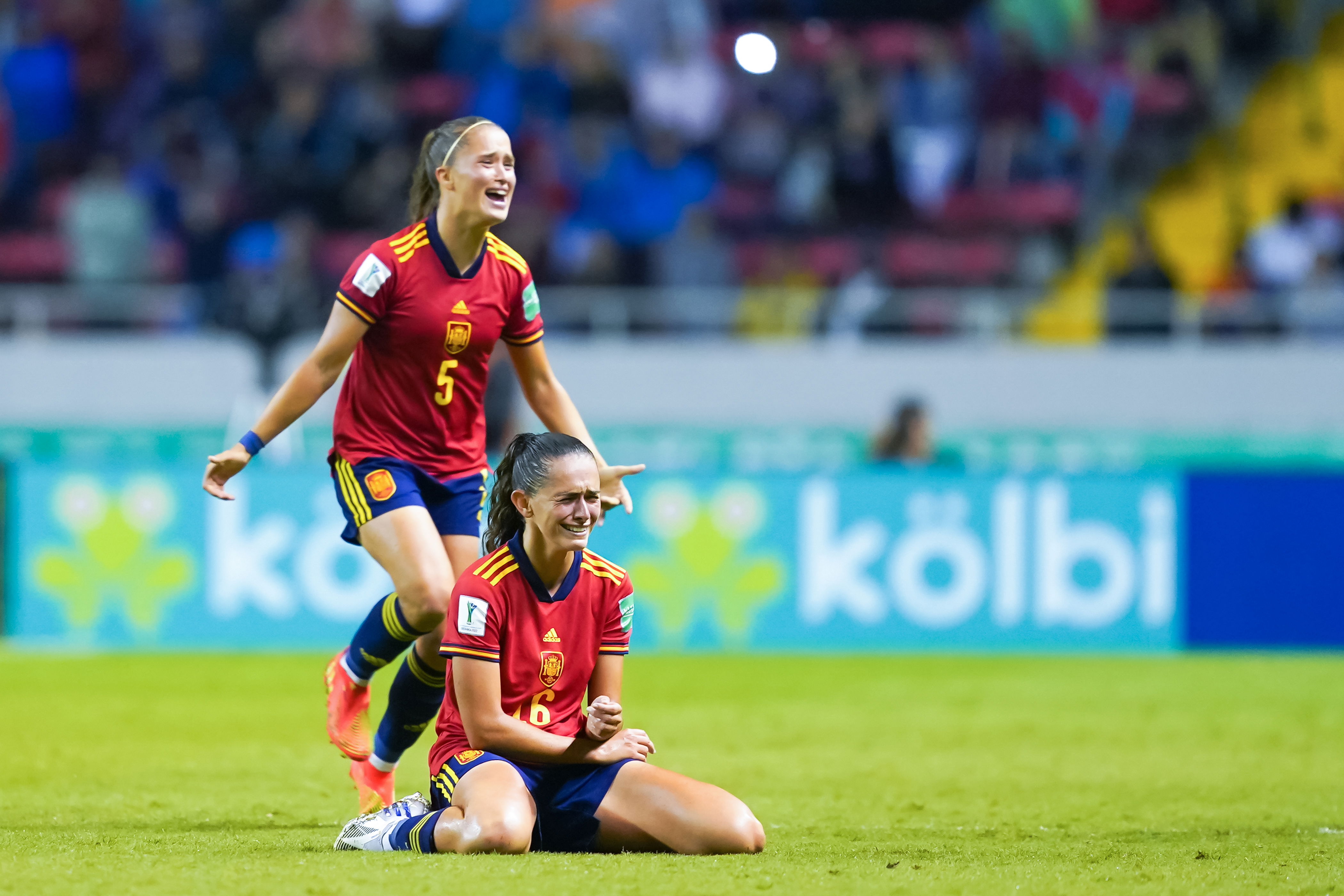
The phrase “Capturing the emotion of the moment” is the very first thing that visitors to your website will notice. What do you mean by that? (And how are you approaching it in your photography?)
It means two things. Firstly, the emotion, which occurs in the photo, is captured. For example, a player celebrates a goal and is happy and excited, and I capture this moment and it will always be in that photo. Secondly, when viewers look at the photo, it creates an emotion in the viewers.
This could even differentiate, for example the celebration of England’s goal scorer Chloe Kelly is a happy moment for her, but for all opponents’ fans (the Germans) it is a sad moment. Me as a photographer I capture the moments, which are created, and it creates different emotions.
My goal is exactly that, to capture the emotion, which is created in that moment. So, it is important to “be in the game”, which means when I cover an event, I am fully there focused with my mind, but also with my heart.
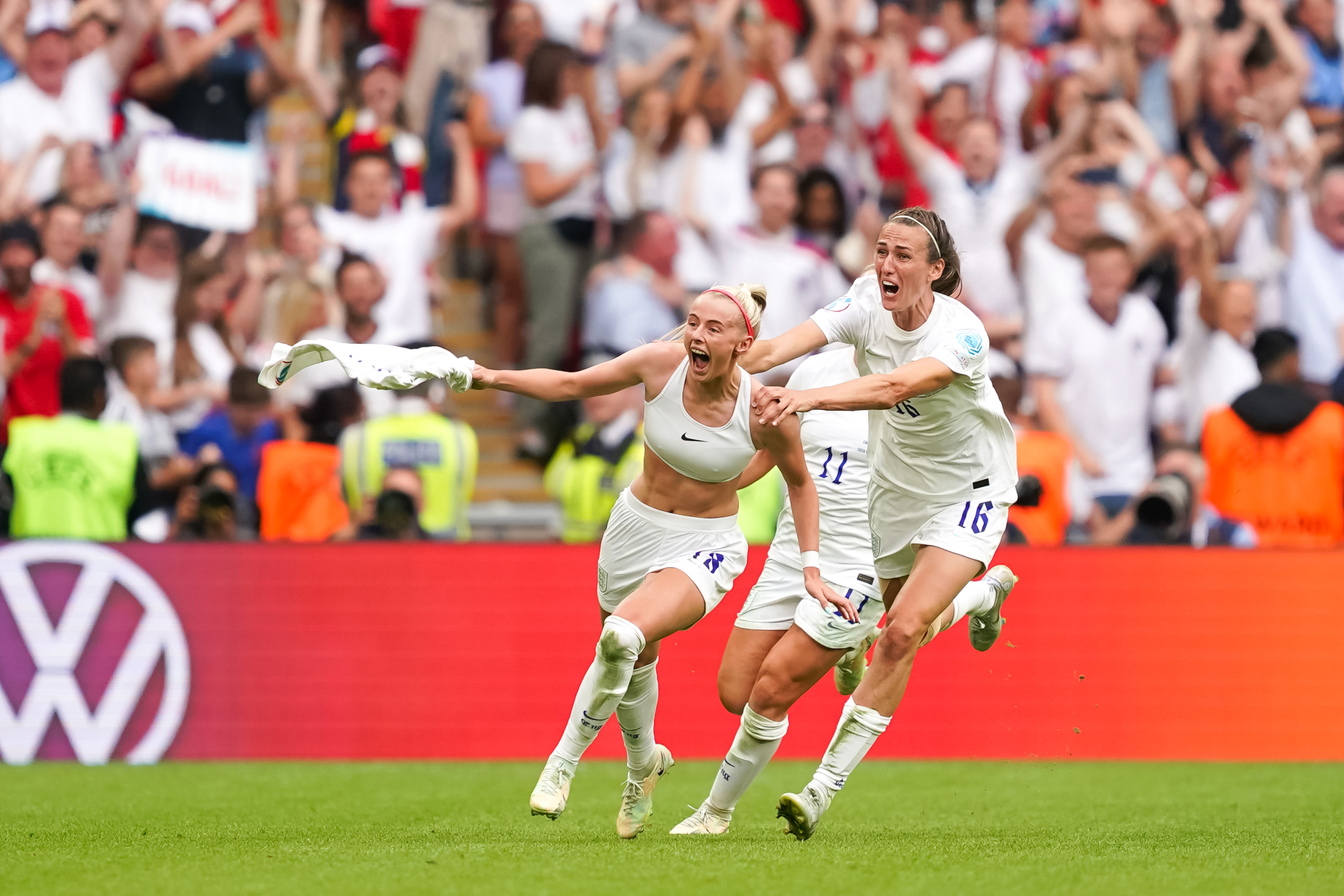
You are actively helping for women’s sports, with funding campaigns like “The One Goal”. Why do you think these kinds of activities are important beside your professional work?
As a photographer who works closely in the Women’s game, I see where support is needed. I encountered many people with the same values, mentality, and passion for this game and its development. For me, it is important to support wherever I can, as I want everyone to have the same opportunities in life, whether in football or other social aspects. When I met Hedvig Lindahl and when we founded The One Goal, I knew we could have an impact. We are not huge, but I think when everyone does a little bit to support others, we can change the world and make the world better for everyone.
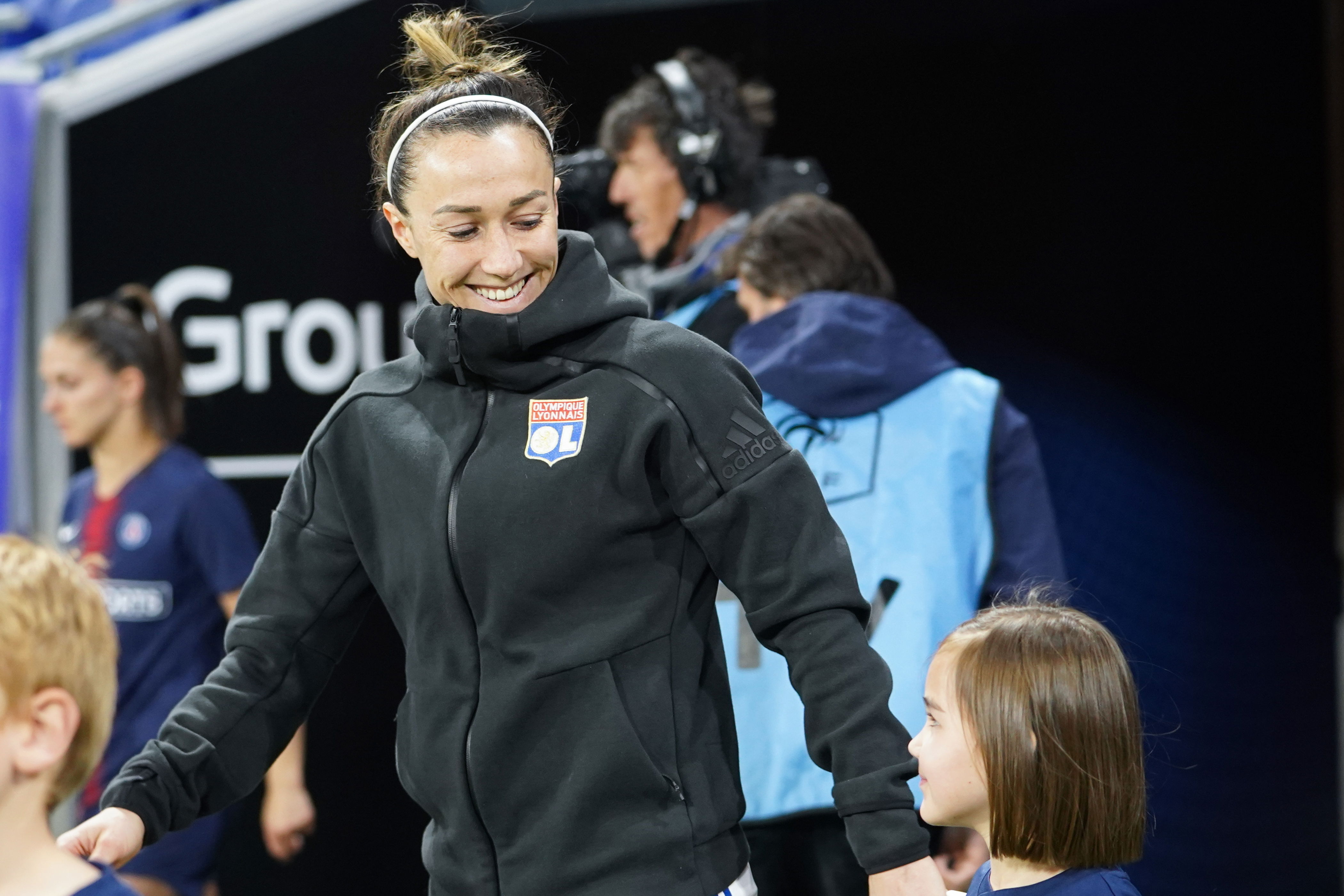
“Never give up, show yourself everywhere and take in every input you get.”
What are your suggestions and advice for a young woman photographer who is just starting in the industry?
To never give up, to show yourself everywhere and take in every input you get.
What I mean is that, there are many challenges when starting and even when you “made it”, there will always be people who want to stop you, doors will be closed, you will make mistakes, opportunities can change, and so on. But it is important not to give up and always show you are passionate about what you do.
Secondly, “show yourself everywhere”. Cover as many events you can. In the beginning, of course, it’s difficult to attend the “big events”, so start with smaller events, and do your best there. It’s not about the big events, it’s about what you create and that you make the most of every opportunity you get. And lastly, learn from every input you hear. Every feedback, good or bad, will help you improve. You will encounter it all when being on the pitch side – the helpful and not helpful people – but in the end every encounter will bring you further in your journey.
Do you have any new projects? What is your next move?
I am a partner of Sports Press Photo and our goal is to create a good coverage of the Women’s game around the world. We have been growing nicely the last few years, and now our aim is to reach areas where media coverage is still low and where we can create great content. As for us, it is important that moments can be captured and the content created everywhere, and shown to the world.
For me personally, I want to explore diverse sports and develop my skills in sports photography. Photography is a journey. In the end, my goal is the journey itself.
